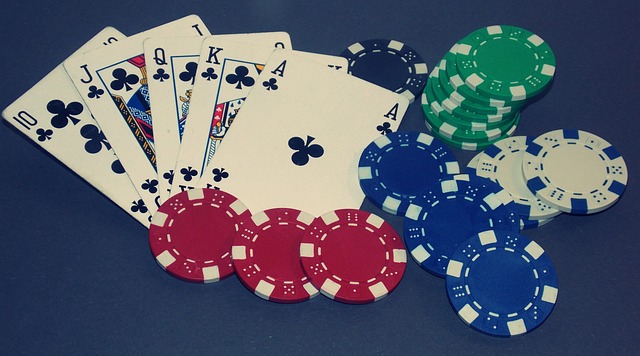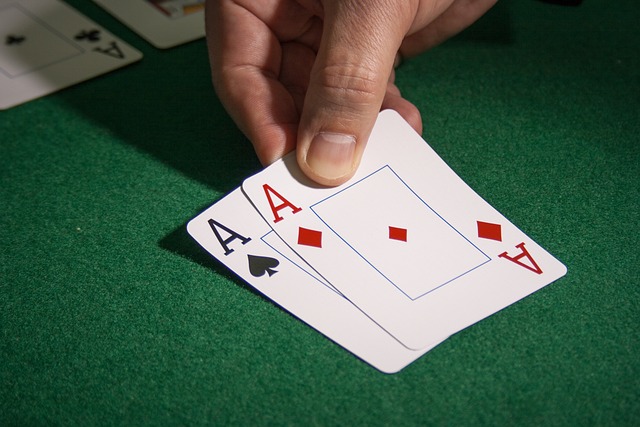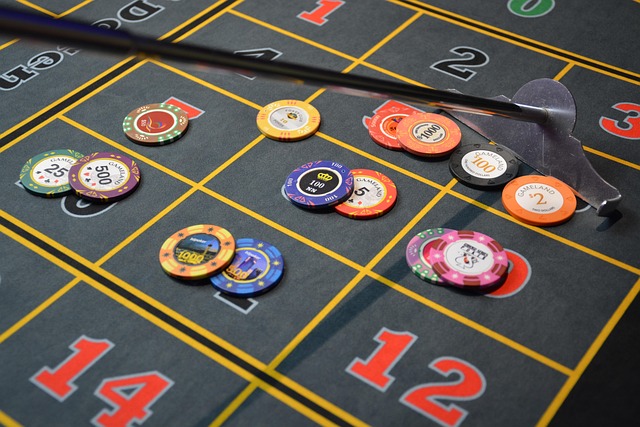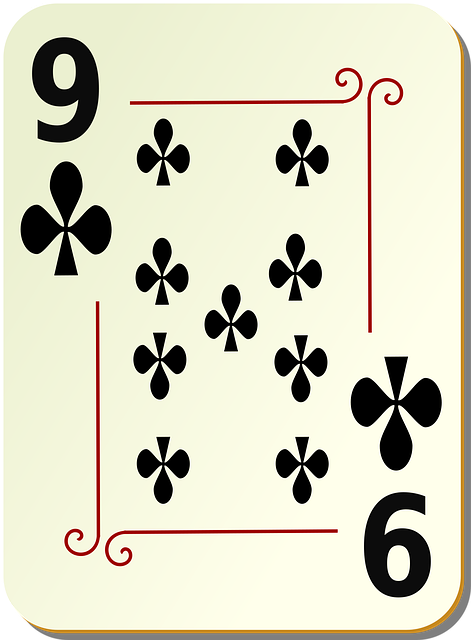Understanding poker hand rankings is key to playing successfully. From High Card to Royal Flush, players combine their hole cards with community cards to form winning combinations, crucial for strategic decision-making. Mastering this hierarchy, including One Pair, Three of a Kind, and Straight, enables players to evaluate their hands and plan effectively while navigating the game and understanding odds, as outlined in "How to Play Poker."
Poker is a captivating game that transcends borders, bringing people together in friendly competition. To master the art of poker, understanding its fundamental rules is essential. This guide will walk you through the basics, from card rankings and hand formation to gameplay mechanics and winning conditions. Learn about the hierarchical order of hands, betting rounds, and common scoring methods. By the end, you’ll be well-equipped to navigate any poker table with confidence, ready to apply these strategies and enhance your skills in this thrilling game, how to play poker.
- Card Rankings and Hand Formation
- – Understanding the poker hand hierarchy
- – Different combinations and their values
Card Rankings and Hand Formation

In poker, understanding card rankings is fundamental to knowing how to play. The hierarchy begins with High Card and progresses to more complex hands like Pair, Two Pair, Three of a Kind, Straight, Flush, Full House, Four of a Kind, Straight Flush, and Royal Flush—the highest possible hand. Each hand type requires a specific combination of cards to form, making it crucial for players to memorize these rankings as part of their how to play poker strategy.
To form a winning hand, players combine the community cards on the table with their hole cards. For instance, if a player has an Ace and King as their hole cards and there’s a Queen on the flop, they might have a potential Straight or even a Royal Flush depending on subsequent cards. This strategy of combining personal cards with communal ones is key to mastering how to play poker.
– Understanding the poker hand hierarchy

Poker is a game that revolves around hand strength, where players compete by forming the best five-card combination according to the established hierarchy. Understanding this hierarchy is fundamental when learning how to play poker. The ranking of poker hands starts with High Card and progresses as follows: One Pair, Two Pair, Three of a Kind, Straight, Flush, Full House, Four of a Kind, Straight Flush, and finally, the coveted Royal Flush. Each hand category has its own set of value and dominance over others.
For instance, in most poker games, a Royal Flush (ten, jack, queen, king, ace all of the same suit) is the highest possible hand, while a High Card (when no other combinations are achievable) is the lowest. Knowing this hierarchy equips players with strategic insights, enabling them to evaluate their hands and make informed decisions during gameplay, which is key in any successful how to play poker strategy.
– Different combinations and their values

In poker, understanding different hand combinations is key to navigating the game and knowing your odds. The value of each combination progresses in a specific order, with the highest being a Royal Flush—a straight flush from 10 to Ace. Straight flushes, when not the highest, are followed by four of a kind, full houses, flushes, straights, and pairs. Each hand’s strength is determined by the rank of its cards, with Ace often acting as the highest card (but low in a straight).
Learning these combinations and their relative values is essential for players aiming to master How to Play Poker. Knowing which hand beats another allows you to make informed decisions during gameplay. For instance, if you have a pair while your opponent has three of a kind, understanding the hierarchy helps you gauge whether it’s wise to fold or call.
Poker is a game of skill, strategy, and understanding the basic rules. By grasping the card rankings and hand formations, you can start your poker journey. Remember, practice makes perfect; play regularly, and you’ll soon master the art of outsmarting opponents. So, whether you’re aiming to impress friends or compete in tournaments, these fundamental rules will serve as a solid foundation for how to play poker.






